|
HCM City 39 years after Reunification Day
Thirty nine years after reunification on April 30, 1975, HCM City has changed substantially into a modern, dynamic city.
Since reunification, HCM City
authorities have much invested into the development of the city’s
infrastructure to accommodate fast socio-economic growth.
One of the outstanding infrastructure
works of the city is Hanoi Highway, which was previously known as a
route linking Saigon's urban area to the North. Now, the highway has
become one of the most important gateways to HCM City, linking the city
with southeastern areas, the Central Highlands and the North.
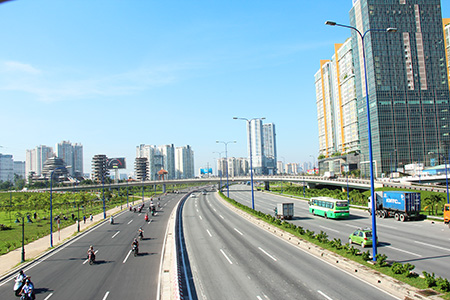
Hanoi Highway
Due to the high traffic levels, the
route has been upgraded many times. Some parts of the highway have been
expanded to 120 metres wide. It is among the largest road projects in
HCM City.
The East-West Highway is also a big
transport work. Thirty years after the reunification, National Highway
No. 1 was the only route to transport goods from north to the
southwestern region through HCM City. However, the route deteriorated
over time, causing many traffic accidents. The East-West Highway was
built to deal with the problem. The highway includes the Thu Thiem
Tunnel.
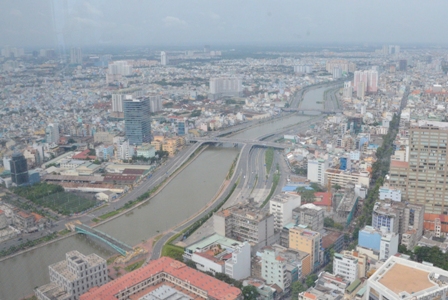
East-West Highway
To ease traffic at peak hours, HCM
City authorities built a number of overpasses including Cat Lai and Tram
2, along with tunnels such as Tan Tao and Linh Trung.

The city has upgraded Nhieu Loc-Thi
Nghe and Benh Nghe-Tau Hu canal routes which were seriously polluted and
lost their capacity for traffic in the 1980s
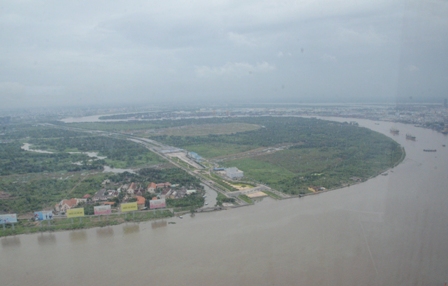
Phu My and Thu Thiem Bridges help connect the central HCM City to Thu Thiem Peninsula to the east
 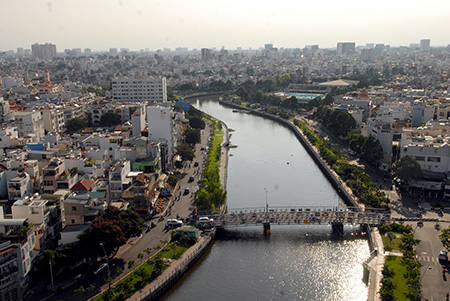 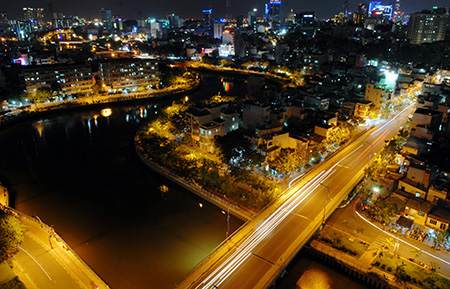
Nhieu Loc-Thi Nghe Canal revived
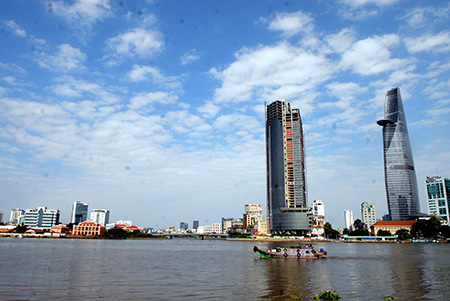
The city’s symbol
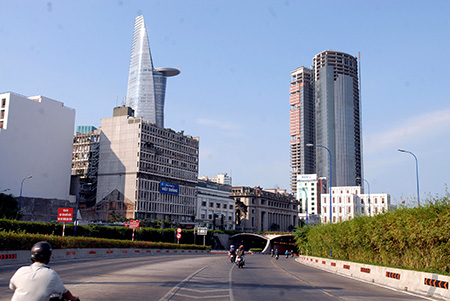
Thu Thiem Tunnel
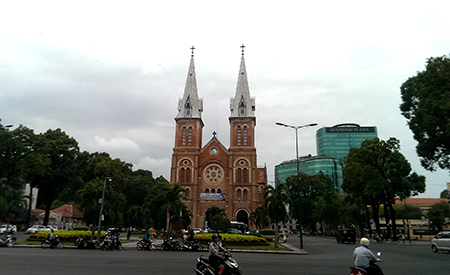
Saigon's Notre-Dame Cathedral

Intersection from above
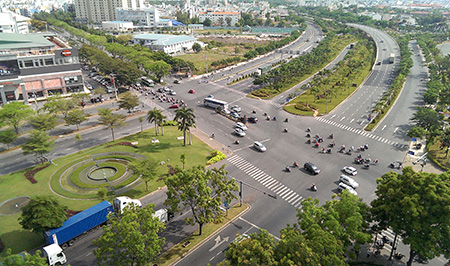
Robust development in HCM City suburbs
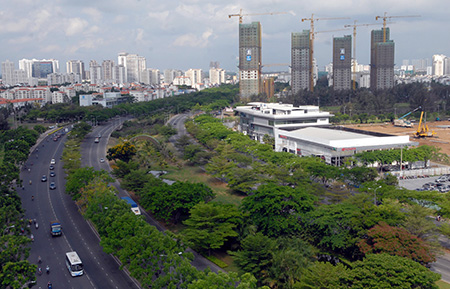 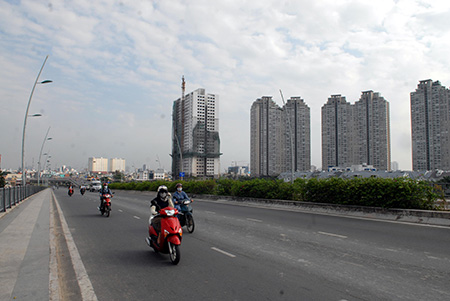 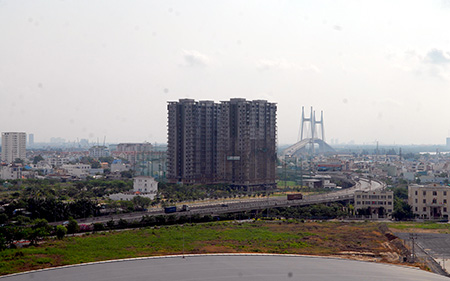 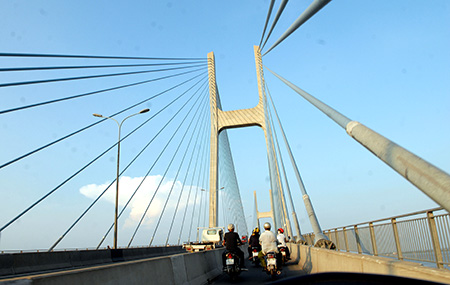
Many modern infrastructure projects
By Tung Nguyen, dtinews.vn
|
Thứ Tư, 30 tháng 4, 2014
Đăng ký:
Đăng Nhận xét (Atom)
Không có nhận xét nào:
Đăng nhận xét